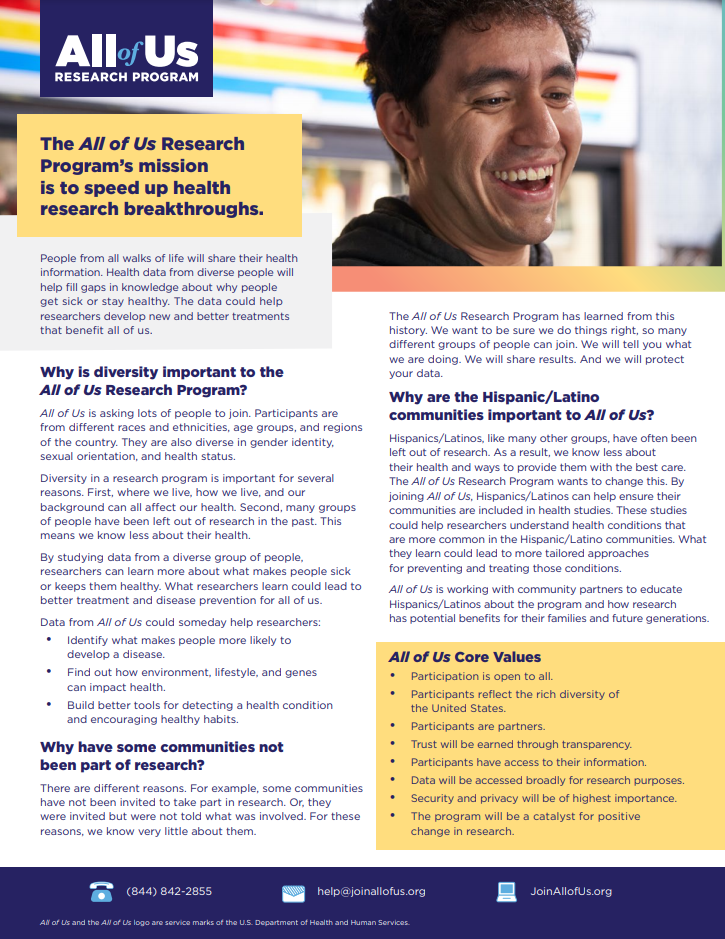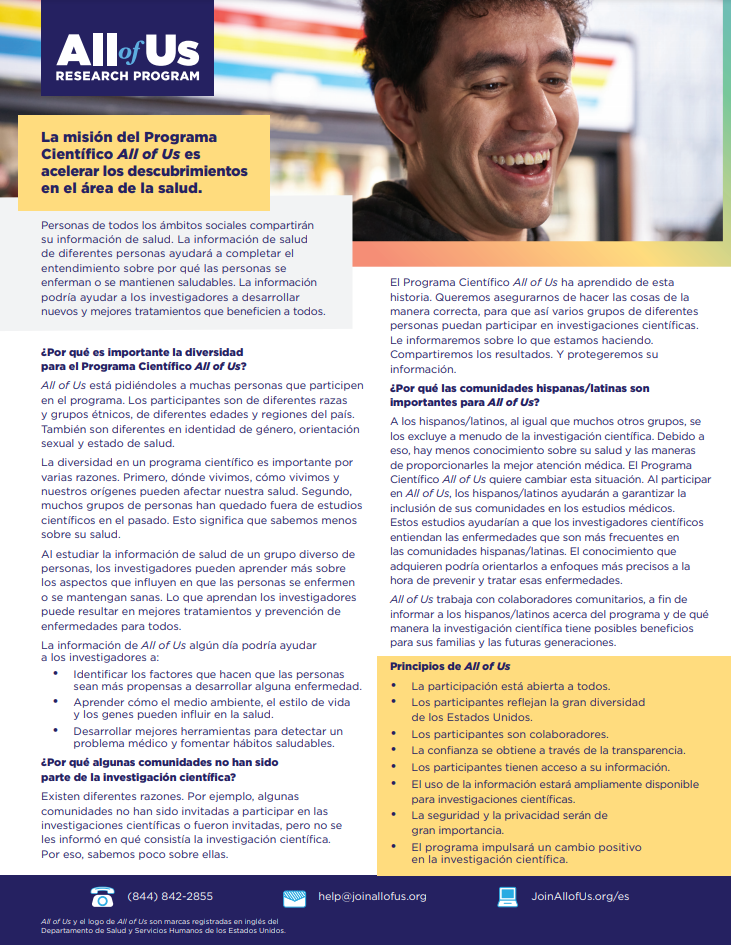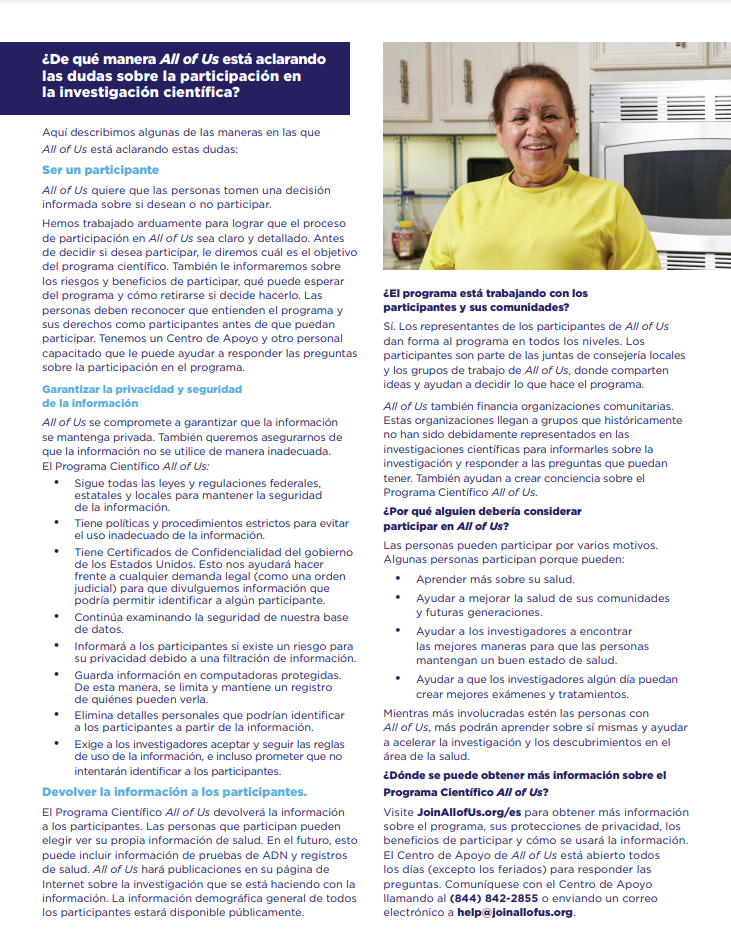FACTS & RESOURCES
Facts
What Is Marijuana?
Marijuana is the most common psychoactive drug in the United States. It is derived from the leaves of the Cannabis sativa or Cannabis indica plants. Marijuana contains more than 480 chemicals, but THC (delta-9-tetrahydrocannabinol) is the main component that creates psychoactive effects. Marijuana often has a potent smell and looks like a dry, green-brown shredded mix of flowers, leaves, seeds and stems.
The drug is usually smoked in hand-rolled cigarettes called joints or water pipes called bongs. Alternatively, marijuana may be mixed in foods and consumed orally as an edible or brewed as a tea.
Marijuana concentrates are cannabis extracts and are generally much stronger than marijuana. They look like honey or butter and are generally smoked or vaped, but they may also be consumed orally.
Marijuana is a Schedule I federally-controlled substance in the United States, meaning that it is an illegal drug and the federal government has identified no legitimate medical use for it. That said, marijuana is sometimes taken medicinally to treat pain, and some small studies have suggested it may help nerve pain. Some state governments have approved marijuana for medical and/or recreational use, including Maine, Vermont, Massachusetts, California and Colorado.
When someone has been abusing marijuana, there are often telltale symptoms. These include:
- Problems with memory and learning
- Distortion in perception
- Troubles thinking and problem-solving
- Loss of coordination
- Sedation
- Bloodshot eyes
- Increased heart rate and blood pressure
- Coughing (from lung irritation caused by inhaling marijuana)
- Increased appetite
Over the long term, these signs can worsen. Serious, chronic lung conditions like emphysema and asthma can result from long-term use of inhaled marijuana. Further, long-term marijuana use has been linked to worsening mental health problems, including anxiety, depression and schizophrenia.
Long-term marijuana abuse can also impact brain development, especially in teens. Marijuana stunts the growth of connections in the brain. As a result, thinking, memory and learning may be impaired. Experts are not sure if the damage is permanent, but it does not appear that adults suffer this same impairment. However, pregnant adults may risk brain damage to their babies.
About 20% of pregnant women aged 24 and younger use marijuana, with some perhaps taking the drug to treat morning sickness. Marijuana use in a pregnant mother can impair the child’s attention, memory and problem-solving skills later in life.
The Problem With Increasing Potency and Marijuana Concentrates
The THC component of marijuana has been increasing for the past several decades. In contrast to marijuana from the 1960s to 1980s, which had a THC content of less than 2%, some marijuana now contains up to 20% THC. Marijuana concentrates can be even stronger — up to 80% THC. Exposure to higher THC levels may lead to a higher risk of side effects, especially among people new to marijuana. Further, marijuana-containing edibles are typically digested slowly in the body, leading to a slower high. To compensate for this, people may attempt to consume greater quantities in an attempt to feel a quicker high, which may increase the risk of side effects.
Source: South Jersey Recovery
Info coming soon! Stay tuned!
Resources
2017 Nevada High School YRBS: Washoe County Special Report
Tobacco Use
- 5% of high school students who ever smoked cigarettes
- 0% of high school students who smoked cigarettes for the first time before age 13 years
- 2% of high school students who smoked cigarettes during the 30 days before the survey
- 9% of high school students who smoked cigarettes on 20 or more days during the 30 days before the survey
- 7% of high school students who smoked more than 10 cigarettes per day during the 30 days before the survey
- 7% of high school students who usually obtained their own cigarettes by buying them in a store or gas station during the 30 days before the survey
- 1% of high school students who used smokeless tobacco during the 30 days before the survey
- 2% of high school students who smoked cigars during the 30 days before the survey
- 5% of high school students who used tobacco during the 30 days before the survey
Electronic Vapor Product Use
- 8% of high school students who ever used electronic vapor products
- 8% of high school students who used electronic vapor products during the 30 days before the survey
- 2% of high school students who tried electronic vapor products for the first time before age 13 years
- 8% of high school students who usually obtained their electronic vapor products by buying them in a store or gas station during the 30 days before the survey
Alcohol Use
- 2% of high school students who ever drank alcohol
- 9% of high school students who drank alcohol for the first time before age 13 years
- 2% of high school students who had at least one drink of alcohol during the 30 days before the survey
- 0% of high school students who participated in binge drinking during the 30 days before the survey
- 0% of high school students who drank 10 or more drinks in a row during the 30 days before the survey
- 9% of high school students who usually obtained the alcohol they drank by someone giving it to them during the 30 days before the survey
- 2% of high school students who rode in a car or other vehicle during the 30 days before the survey driven by someone who had been drinking alcohol
- 9% of high school students who drove a car or other vehicle during the 30 days before the survey when they had been drinking alcohol
Marijuana Use
- 9% of high school students who ever used marijuana
- 4% of high school students who tried marijuana for the first time before age 13 years
- 3% of high school students who used marijuana during the 30 days before the survey
- 8%of high school students who usually used marijuana by smoking it in a joint, bong, pipe, or blunt during the past 30 days before the survey
- 4% of high school students who usually used marijuana by eating it in food such as brownies, cakes, cookies, or candy during the past 30 days before the survey
- 2% of high school students who usually used marijuana by vaporizing it during the past 30 days before the survey
- 6%of high school students who usually used marijuana by some other way during the past 30 days before the survey
- 6% of high school students who rode in a car or other vehicle during 30 days before the survey driven by someone who had been using marijuana
- 1% of high school students who drove a car or other vehicle during the 30 days before the survey when they had been using marijuana
Other Drug Use
- 2% of high school students who ever used cocaine
- 1% of high school students who ever used inhalants
- 2% of high school students who ever used heroin
- 8% of high school students who ever used methamphetamines
- 3% of high school students who used ecstasy
- 7% of high school students who ever used synthetic marijuana
- 8% of high school students who ever took steroids without a doctor’s prescription
- 8% of high school students who ever took prescription pain medicine without a doctor’s prescription or differently than prescribed
- 4% of high school students who currently take prescription pain medicine without a doctor’s prescription or differently than prescribed
- 3% of high school students who ever injected any illegal drugs
- 3% of high school students who were offered, sold, or given an illegal drug by someone on school property during the 12 months before the survey
- 3% of high school students who attended school under the influence of alcohol or other illegal drugs during the 12 months before the survey
- 2% of high school students who ever lived with someone who was a problem drinker, alcoholic, or abused street or prescription drugs
Sexual Behaviors
- 9% of high school students who ever had sexual intercourse
- 3% of high school students who had sexual intercourse for the first time before age 13 years
- 2% of high school students who had sexual intercourse with four or more persons during their life
- 7% of high school students who had sexual intercourse with at least one person during the 3 months before the survey
- 9% of high school students who drank alcohol or used drugs before last sexual intercourse
- 9% of high school students who used a condom during last sexual intercourse
- 4% of high school students who used birth control pills before last sexual intercourse
- 9%of high school students who used both a condom and birth control pills, Depo-Provera,Nuva Ring, Ortho Evra,Implanon,or any IUD before last sexual intercourse
- 7% of high school students who did not use any method to prevent pregnancy during last sexual intercourse
- 2% of high school students who have ever been pregnant or gotten someone pregnant
- 9% of high school students did not have sexual contact
- 9%of high school students who had sexual contact with the opposite sex only
- 2% of high school students who had sexual contact with the same sex only
- 0% of high school students who had sexual contact with both sexes
- 4% of high school students who were heterosexual (straight)
- 1%of high school students who were gay or lesbian
- 6%of high school students who were bisexual
- 9% of high school students who were not sure
- 2% of high school students who have ever been tested for HIV
For more information visit: Full Report
Nevada High School Youth Risk Behavior Survey (YRBS) Comparison Report, 2015-2017
2017 Nevada Middle School YRBS: Washoe County Special Report
Tobacco Use
- 7% of middle school students who ever smoked cigarettes
- 5% of middle school students who smoked a cigarette for the first time before age 11 years
- 1% of middle school students who smoked cigarettes during the 30 days before the survey
- 7% of middle school students who used smokeless tobacco during the 30 days before the survey
- 8% of middle school students who smoked cigars during the 30 days before the survey
- 2% of middle school students who used tobacco during the 30 days before the survey
Electronic Vapor Product Use
- 2% of middle school students who ever used electronic vapor products
- 8% of middle school students who used electronic vapor products during the 30 days before the survey
- 8% of middle school students who tried their first electronic vapor product before age 11 years
- 4% of middle school students who got their own electronic vapor products by buying them in a store during the 30 days before the survey
Alcohol Use
- 7% of middle school students who ever drank alcohol
- 3% of middle school students who drank alcohol for the first time before age 11 years
- 5% of middle school students who drank alcohol during the 30 days before the survey
- 5% of middle school students who ever rode in a car or other vehicle driven by someone who had been drinking alcohol
Marijuana Use
- 7% of middle school students who ever used marijuana
- 2% of middle school students who tried marijuana for the first time before age 11 years
- 6% of middle school students who used marijuana during the 30 days before the survey
- 1%of middle school students who usually used marijuana by smoking it in a joint, bong, pipe, or blunt during the 30 days before the survey
- 5% of middle school students who usually used marijuana by eating it in food such as brownies, cakes, cookies, or candy during the 30 days before the survey
- 6% of middle school students who usually used marijuana by vaporizing it during the 30 days before the survey
- 8%of middle school students who usually used marijuana by some other way during the 30 days before the survey
- 4% of middle school students who ever rode in a car or other vehicle driven by someone using marijuana
Other Drug Use
- 5% of middle school students who ever used cocaine
- 3% of middle school students who ever used inhalants
- 1% of middle school students who ever used heroin
- 0% of middle school students who ever used methamphetamines
- 4% of middle school students who ever used ecstasy
- 4% of middle school students who ever used synthetic marijuana
- 0% of middle school students who ever took prescription pain medication without a doctor’s prescription
- 2% of middle school students who ever lived with someone who was a problem drinker, alcoholic, or abused street or prescription drugs
For more information visit: Full Report
Nevada Middle School Youth Risk Behavior Survey (YRBS) Comparison Report, 2015-2017
Research Programs
LATINX


LATINX (SPANISH)


